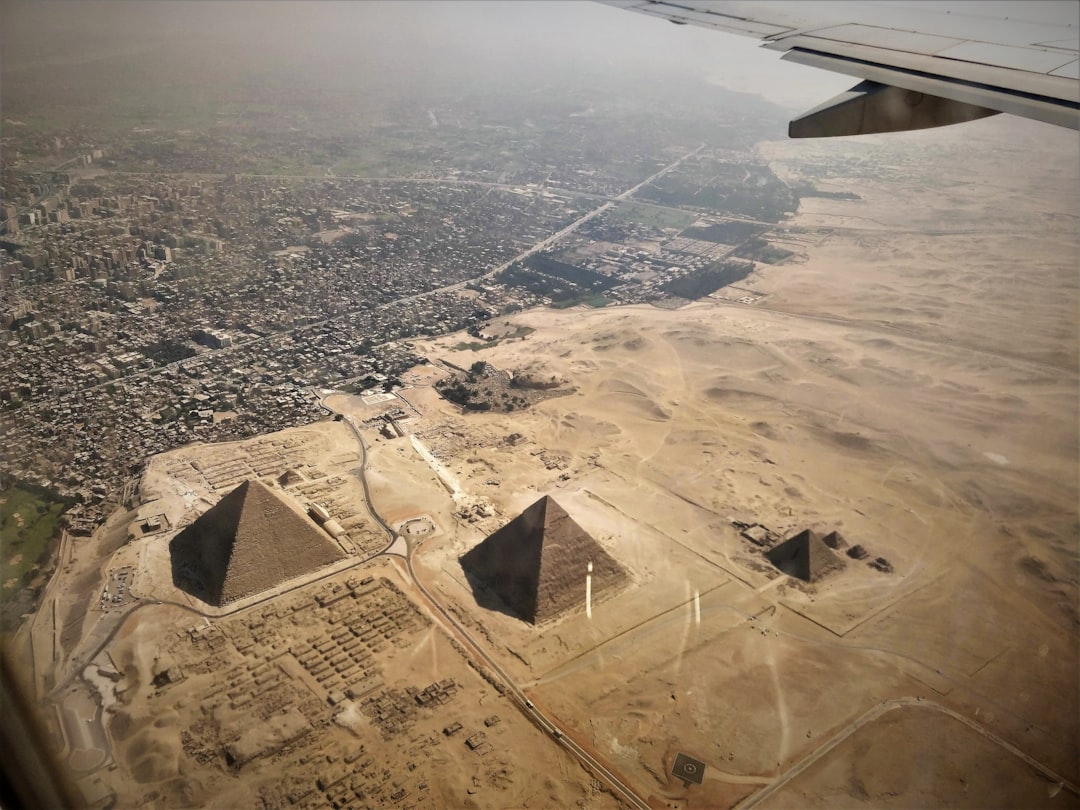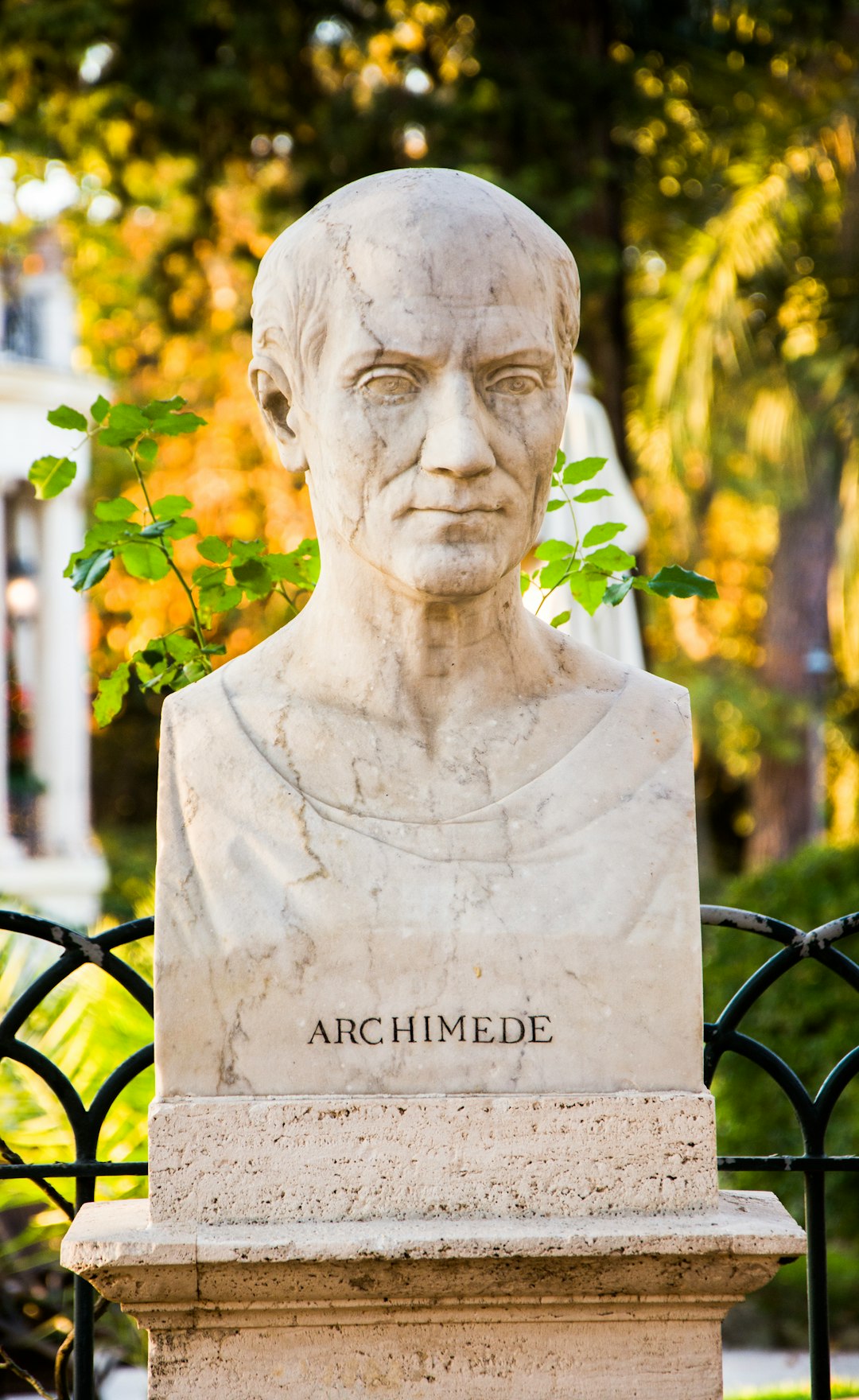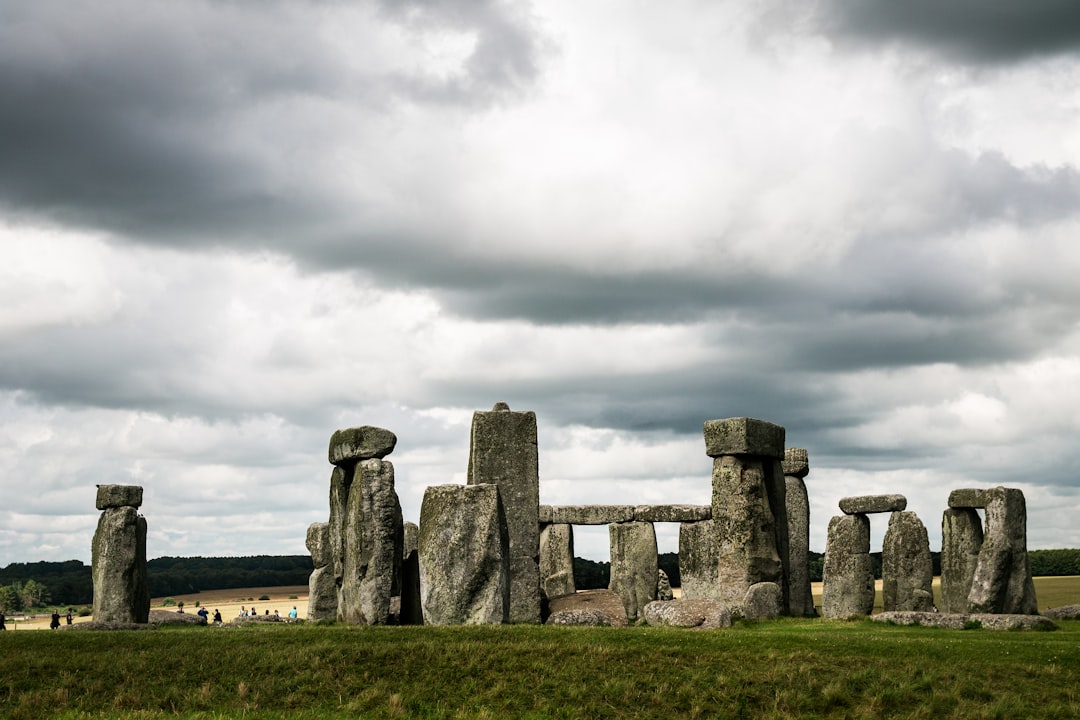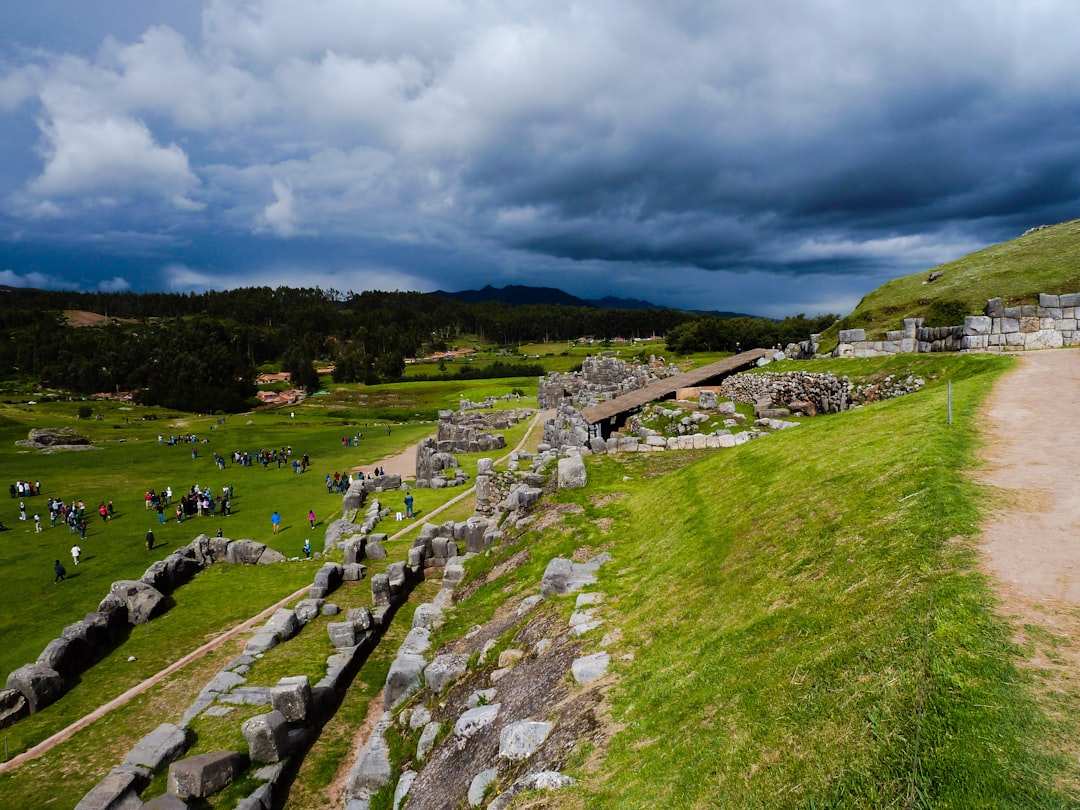Technology has boomed over the last 100 years. We know more and can do more than ever before. As Nikola Tesla said, “The day science begins to study non-physical phenomena, it will make more progress in one decade than in all the previous centuries of existence”. From breakthroughs in aeronautics and aerospace to mobile technology and the internet, we have advanced an awful lot, awfully quickly. We are able to produce an exact map of the stars, set to any date since 1900.
Let’s not get too complacent, however. Not only is there so much more for us to discover, it’s easy to write off the past as a web of primitive cultures, feeling their way through life with only mythical tales to explain the world around them. This couldn’t be further from the truth and there are many technologies which remain completely unexplained, even with the help of modern science. Lest we also forget that without the giants which came before us there we wouldn’t have the leap in understanding which we have today. Let’s take a look at 10 ancient technologies you won’t believe could have existed!
1 - Greek Fire
Greek fire was not invented by the Ancient Greeks, but the Byzantine Greeks in the 7th century CE and it was an invention imported from the Middle East. It could be used both on land and at sea to devastating effect. The exact composition of Greek fire is unknown, but it is likely to include naphtha and quicklime, as it would ignite when it made contact with water. Terrifyingly, sailors were unable to put out the flames as water did not help.
Greek fire could be sprayed, under pressure, to launch flames at enemy ships and, later, it was used on lands to attack fortifications or as a defensive weapon. Napalm is the modern successor of this deadly, but incredible, feat of chemistry.
2 - The Antikythera Mechanism
The Antikythera mechanism is an ancient Greek computer, used to predict astrological movements, as well as determine the dates and times of various games, including the Olympic Games. It was discovered in 1901 among the wreckage of a trading ship and has been dated to around 100 BCE.
The Antikythera mechanism is the first known example using scientific dials and used 30 gear wheels. The level of complexity behind this geared mechanism was not matched for a further millennium – until medieval cathedral clocks were built. The drive train for tracking the Moon’s position is extremely sophisticated, using epicyclic gearing and a slot-and-pin mechanism to mirror the variations in the Moon’s movement across the sky.
3 - The Great Pyramids of Giza
The Great Pyramid of Giza is one of the Seven Wonders of the Ancient World. It is one of three huge pyramids on a large plain, west of Cairo, built around 4500 years ago. From the time of Herodotus to the modern day, people have speculated at how they were built. The Egyptians of the time are believed to have had only rudimentary tools, they were unfamiliar with the wheel, they had no machinery such as cranes, a limited knowledge of astronomy and only copper tools. It seems that it was achieved with brute force – a huge amount of labourers who would have taken around 20 years to complete each pyramid.
It is not just the size of the structures which is mind-blowing, but the precision with which it was built. The pyramids are oriented to within 1/15th of a degree to north, south, east and west. The Great Pyramid of Giza is the most accurately aligned structure in existence (including all our modern buildings). It is also located at the centre of the earth’s land mass. The east/west parallel and north/south meridian intersect perfectly with the Great Pyramid.
The mathematics behind the pyramids’ constructions are also incredible. The radius of the sun is related to the perimeter of the granite coffers and the weight of the pyramid is relative to the earth’s mass. This seemingly impossible construction has led many to believe that the Egyptians must have had alien technology to help them.
4 - Non-Rusting Iron Pillar of Delhi
Delhi is home to an iron pillar, over one thousand years old, which has never rusted. Not until in the invention of Stainless Steel by Harry Brearley in 1913 was it possible to prevent rusting, yet it was achieved in the reign of King Chandra. The iron pillar is 7.2 metres high with a 16-inch diameter. It weighs over 3,000 kg and has ancient writing on it, which has been preserved due to the lack of rusting.
After careful analysis, scientists found the pillar had undergone a three-phase process which created a thin protective over the pillar. This surface layer quickly oxidised but protected the iron pillar underneath from rusting. Like so much ancient knowledge, the method for preventing iron from rusting was lost for hundreds of years after.
5 - The Baghdad Battery
The Baghdad Battery, as it has come to be called, is a set of three objects: a tube of copper, a rod of iron and a ceramic pot. Discovered in Iraq near Ctesiphon, it is believed to date from either the Sasanian or Parthian empires of Persia, anywhere from 150 BCE to 650 AD.
The purpose of the Baghdad Battery is unknown, but the most famous theory is that it worked as a battery for either electroplating or electrotherapy. Corrosion in the metal supports the idea that it may have had an acidic electrolyte solution added to create electricity. The current most prevalent theory amongst academics, however, suggests this was simply a storage vessel for sacred scrolls. Even if they didn’t quite cross the finish line to creating electricity, they weren’t far off!
6 - Archimedes’ Heat-Ray Weapons
Another technology whose existence is debated is Archimedes’ heat-ray weapon. There are ancient writings, however, which reference this ancient invention. It is said that during the Siege of Syracuse (in which Archimedes was killed), large metal mirrors (of either copper or bronze) were used to direct the Sun’s rays onto enemy ships, setting them on fire.
A Greek scientist named Ioannis Sakkas recreated the heat-ray weapons to test whether it would have been possible. He trained 70 mirrors coated with copper onto a mock roman warship from around 50 metres away. The boat burned to a cinder within seconds. The real boats would have also had tar on them which would have aided in the combustion. Whether Archimedes did, in fact, create a heat-ray weapon is unknown, but the ingenuity of the Greek mathematician, physicist, inventor, engineer and astronomer is not in doubt.
7 - Viking Compass
The Viking compass, also known as the runic compass or the Vegvisir, was made of eight Viking rune staves. It was a symbol of protection and is also believed to have been used as a compass with the same accuracy as a modern-day GPS. The Vikings used sunstones to navigate at sea, and the Viking compass is thought to be a smaller version of these.
The eight rune staves could correspond to the cardinal and intercardinal directions (North, North East, East, South East etc.). With a nail placed in the centre, its shadow would reveal the directions. Today, the Viking compass acts as a symbol of spiritual guidance for the Asatru faith and symbolizes the Icelandic culture.
8 - Stonehenge
Archaeologists believe Stonehenge was constructed between 3000 BCE and 2000 BCE and it is a UNESCO World Heritage Site and British icon. It took 75 giant stones to construct Stonehenge. How exactly the huge stones of Stonehenge were transported and put in place is still the subject of debate, as there is virtually no evidence of construction techniques at that time. It is theorized that the stones were moved, either rolled across logs or on a sleigh with animal fat greasing the track beneath.
Transporting and placing the stones is not the only impressive thing about this megalithic creation. Where the stones were placed betrays another level of ancient knowledge. Stonehenge has a celestial observatory function, which may well have been used to predict eclipses, solstices, equinoxes and more. People from all around the world come to celebrate the summer solstice and winter equinox at Stonehenge. This incredible construction can be seen as an ancient precursor to our modern technology allowing us to track and create maps of the stars.
9 - Ancient Model Aircraft
Artefacts belonging to the ancient Egyptian and Central American cultures look astonishingly similar to modern-day aircraft. The Egyptian artefact was found in a tomb in Saqqara in 1898. The six-inch wooden object appears to have a fuselage, a tail, wings, and even a pilot’s seat. The object is believed to be aerodynamic enough to glide. This one-thousand-year-old object, made of gold, could be mistaken for a replica of a delta wing aircraft.
10 - Rocks of Sacsayhuamán
Sacsayhuamán is a megalithic site, predating the Incas. It is made of stones weighing over 50-tonnes cut so precisely and assembled to such a degree of perfection, as though the rocks must have melted into place, that modern engineers are over-awed by the sight of it. Not even a single sheet of paper could slide between the rocks!
Sacsayhuamán stands 3701 metres above sea level in the outskirts of Cusco, Peru. Parts of the structure have bent corners which seem to imply they were able to somehow soften the stone. Similar signs of workmanship beyond their means has been found in Egypt. Perhaps the Inca legends are true and Sacsayhuamán was built by the gods?
These are just a handful of some of the wonderous and inexplicable technologies of the ancient world. They are the first giant leaps in mankind’s understanding of the world and our capabilities within it. Though many of these technologies became buried beneath the sands of time, it is important to remember that it was the ingenuity of civilizations past, with relatively little to work with, to create the stepping stones which have led us to where we are today, and where we will go tomorrow. Our ability to create a map of the stars, from any time over the past 120 years, would not be possible without men like Archimedes or our instinctual gravitation towards the celestial realms, as in Stonehenge or the Great Pyramids of Giza.











